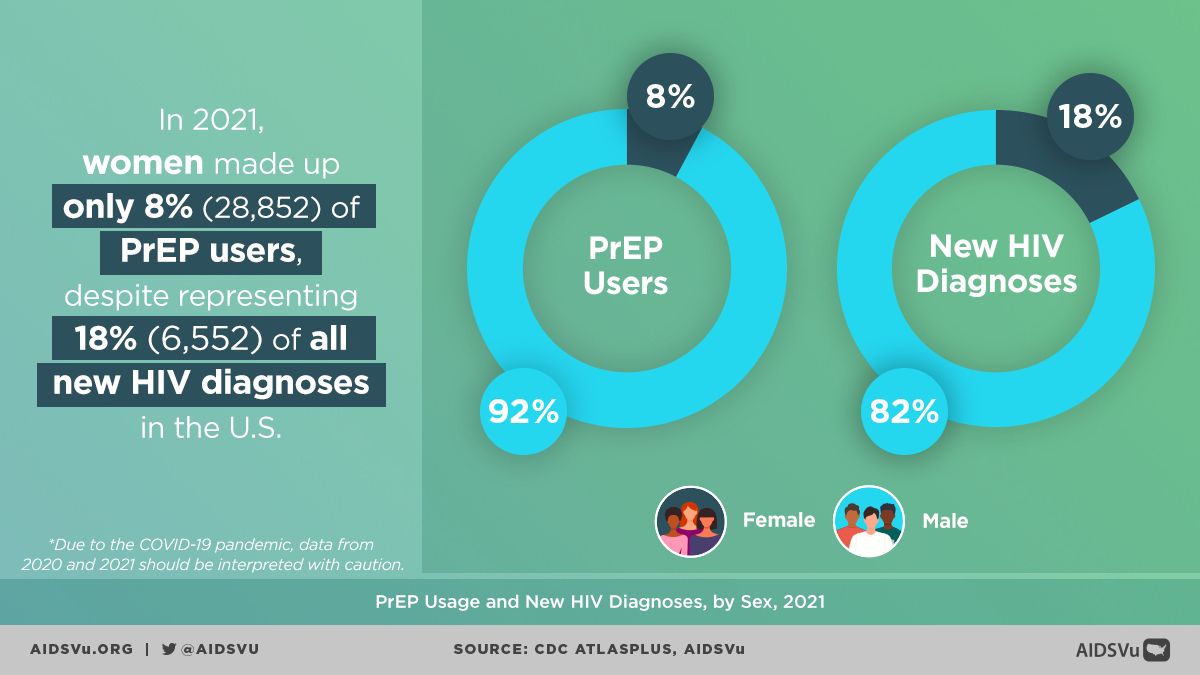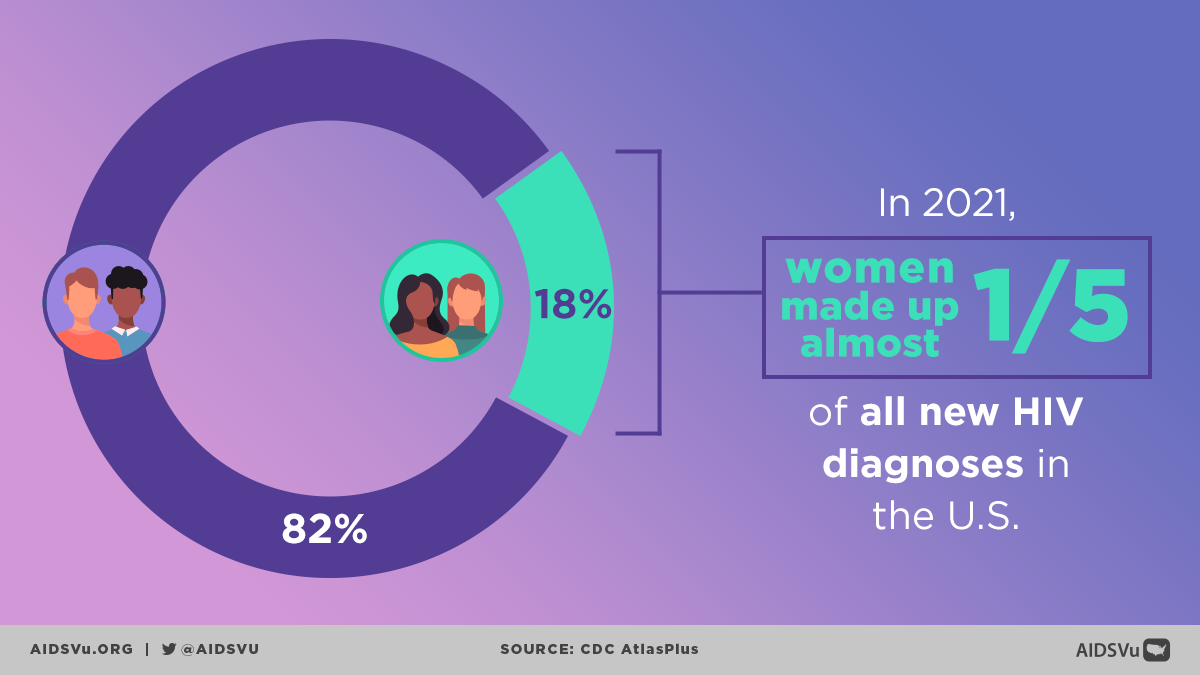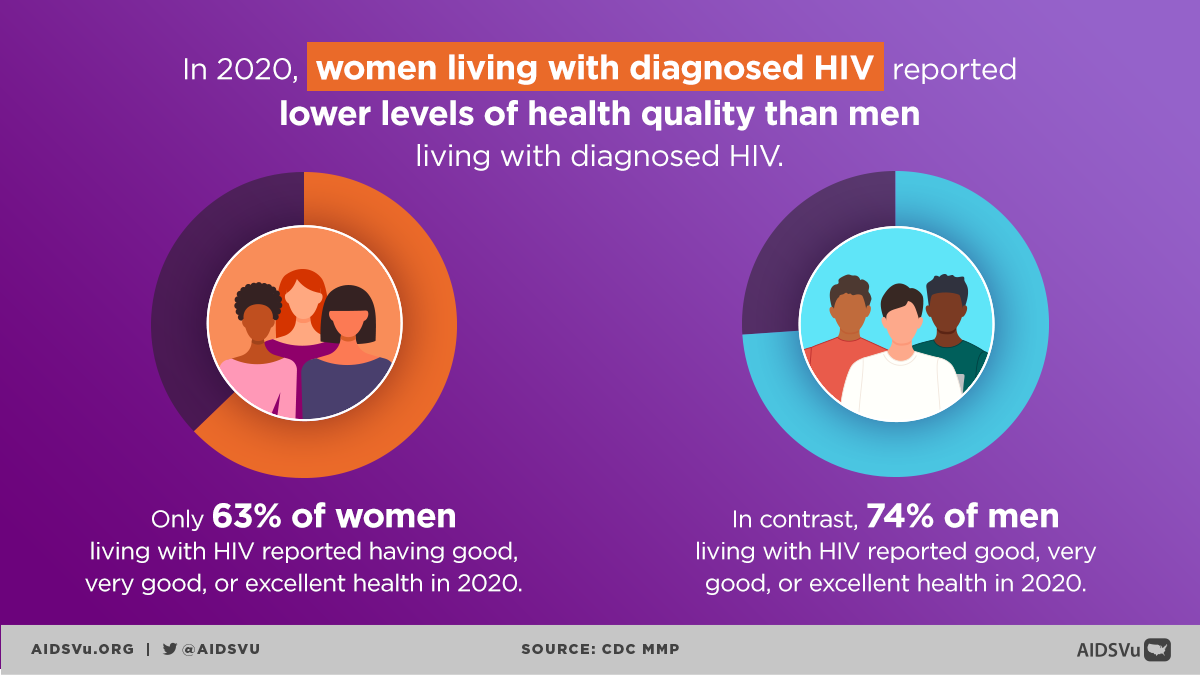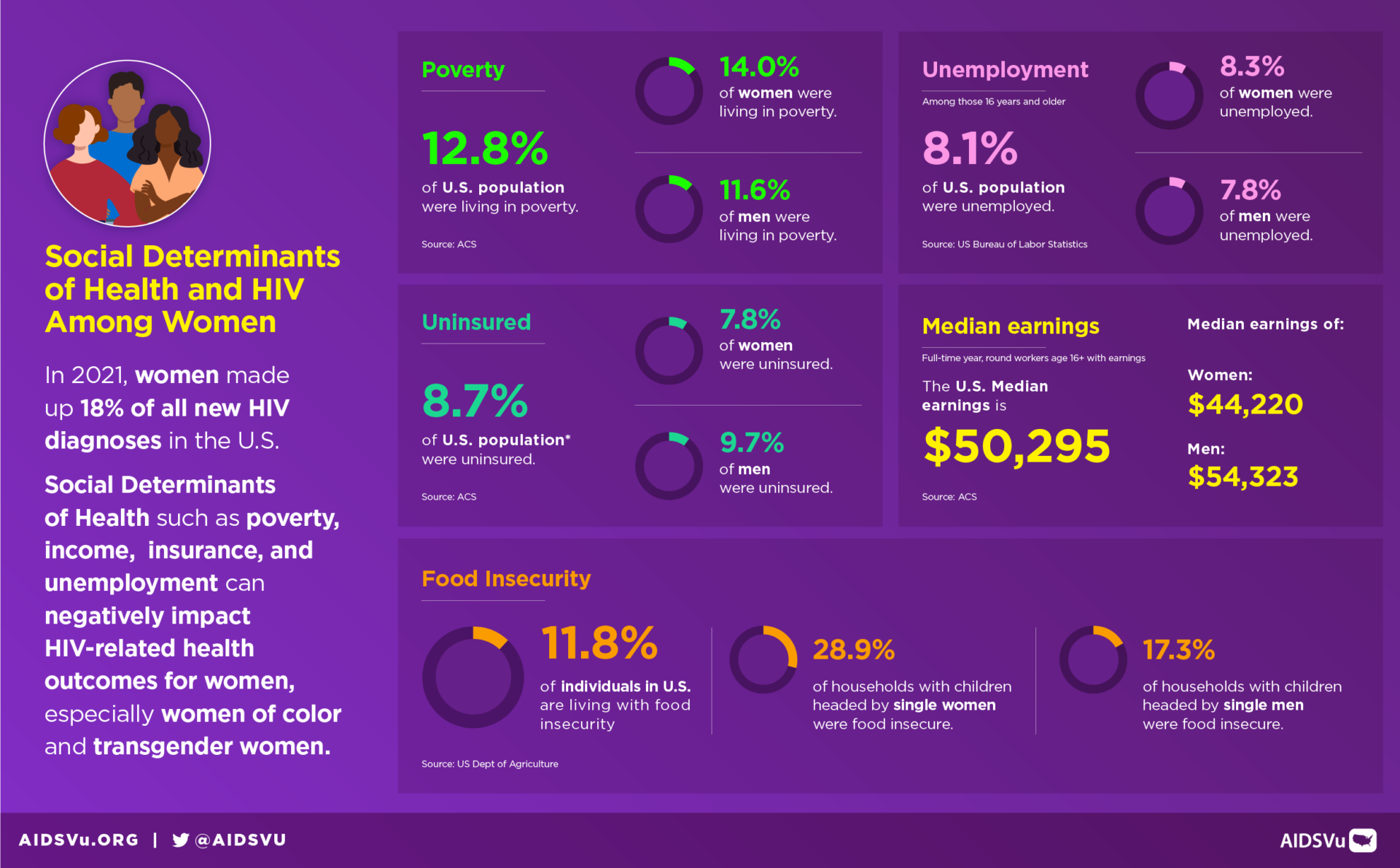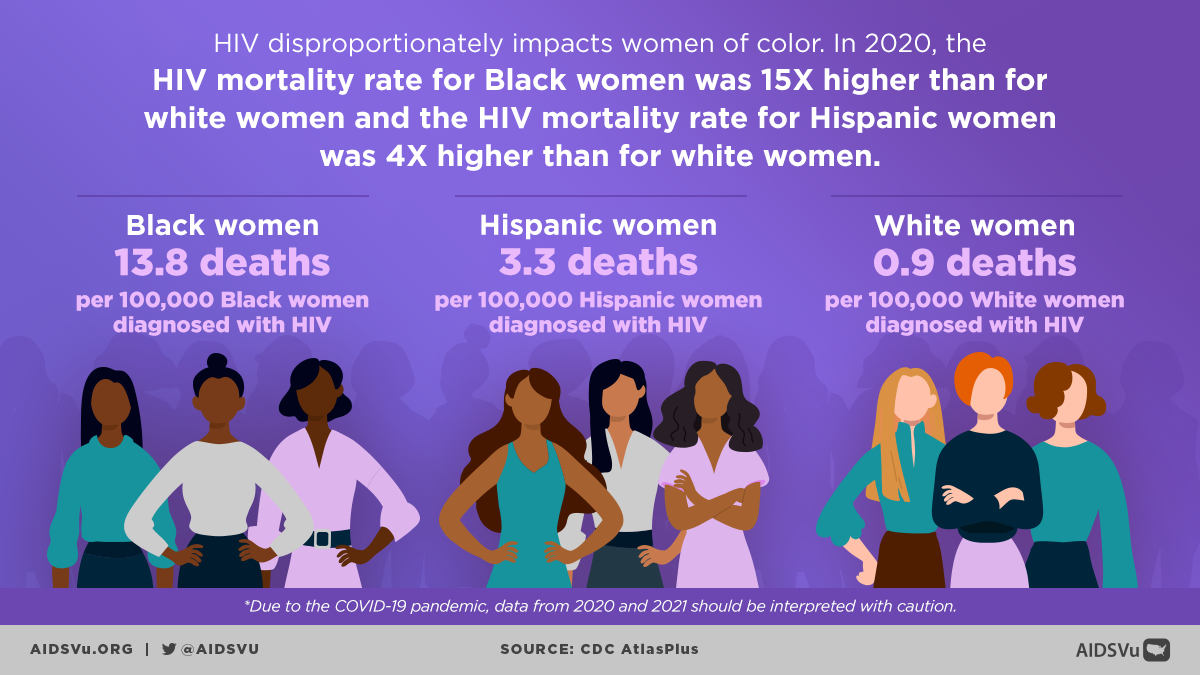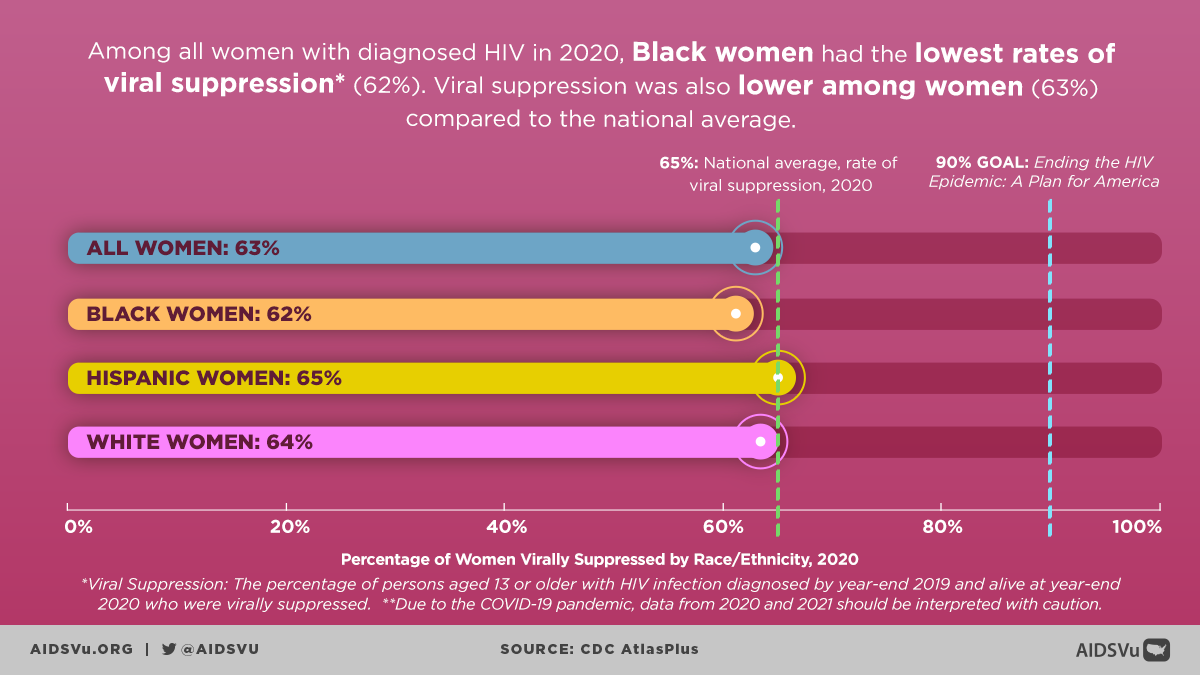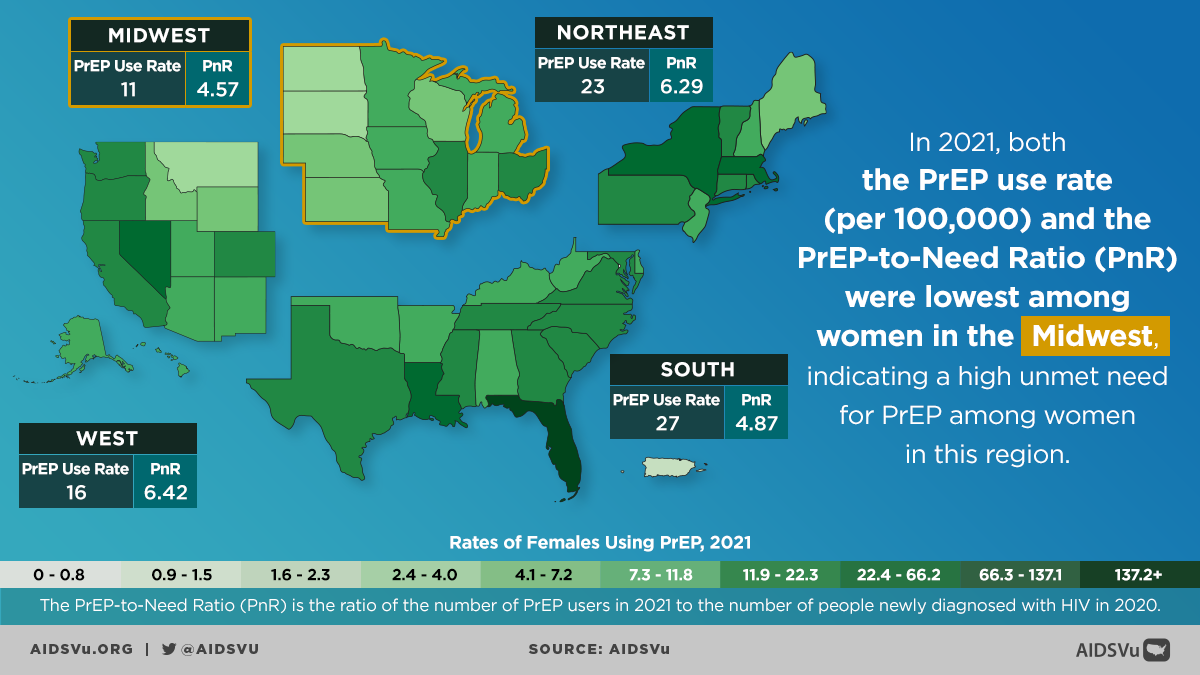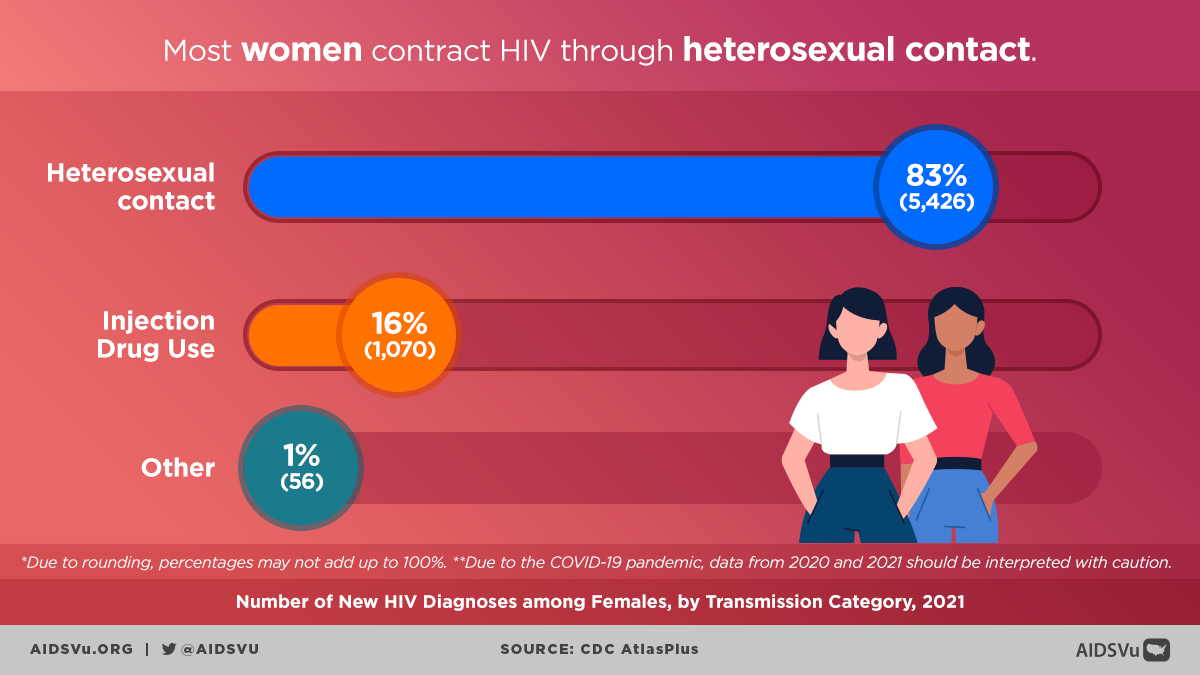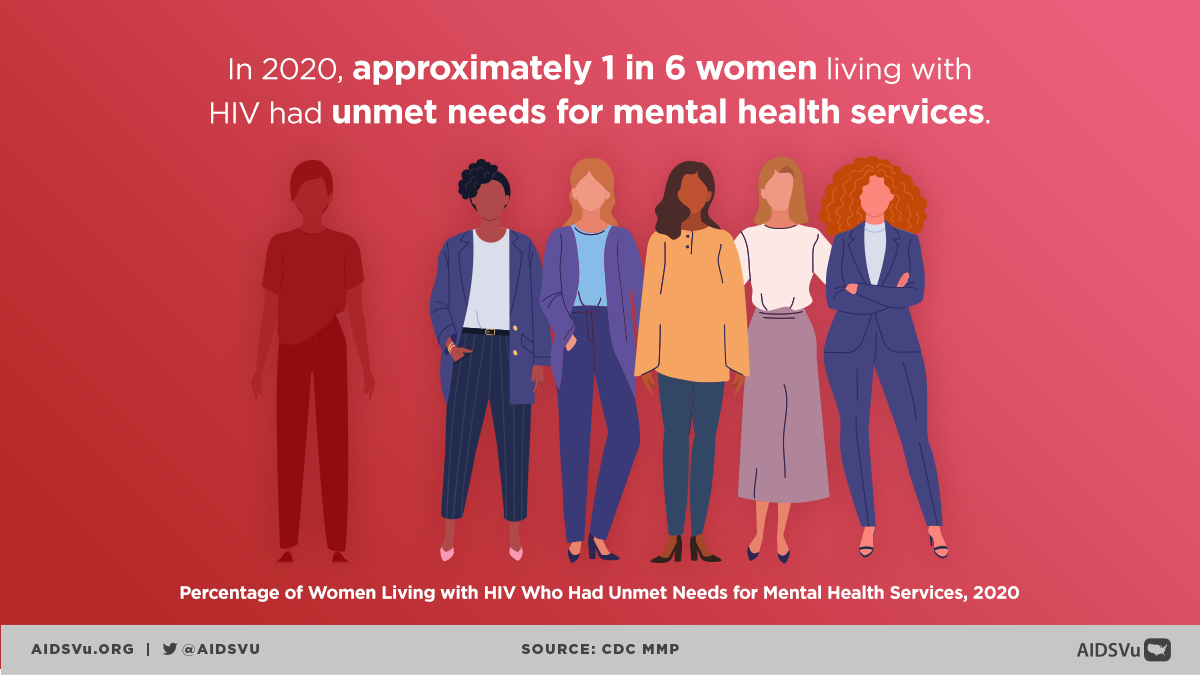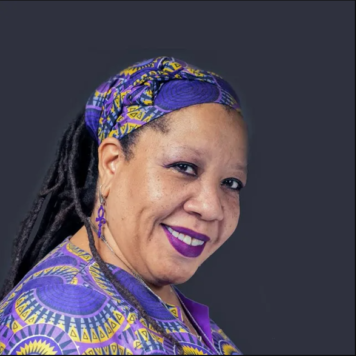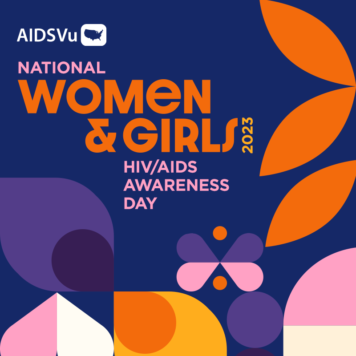On March 10, AIDSVu recognizes National Women & Girls HIV/AIDS Awareness Day (NWGHAAD). This annual event spotlights the impact of HIV on women and girls and the inequities in their access to screening, prevention, and care—especially for women and girls of color—in the U.S.
The theme for NWGHAAD 2023 is Prevention and Testing at Every Age. Care and Treatment at Every Stage. This year’s theme focuses on the prevention of new HIV infections, increased testing, and better access to care for individuals living with HIV.
A critical aspect of HIV prevention is access to and awareness of PrEP as an HIV prevention tool, but women continue to have lower rates of PrEP use relative to their need. In 2021, for example, women made up only 8% (28,852) of PrEP users, despite representing 18% (6,552) of all new HIV diagnoses in the U.S.
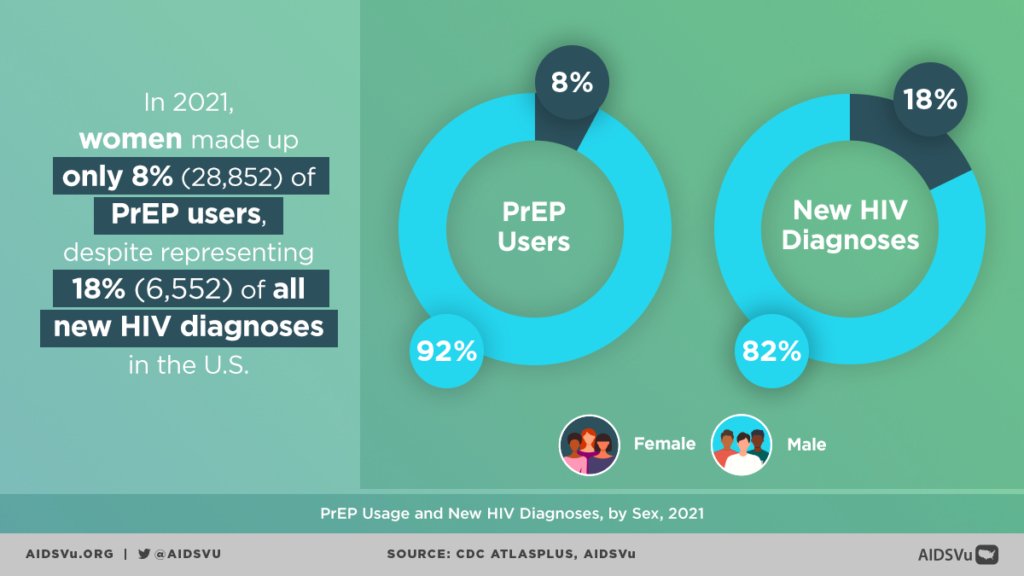
One metric that helps us understand this disparity is the PrEP-to-Need Ratio (PNR), which is the ratio of PrEP users to new HIV diagnoses in a population. In 2021, women’s PNR was more than 2.5 times lower (5.26 women on PrEP for each new diagnosis) than men’s PNR (13.28 men on PrEP for each new diagnosis), indicating an inequity in PrEP use for women relative to their need.
In particular, women of color continue to be disproportionately impacted by HIV.
- In 2021, Black women comprised 14% of women but made up over 54% of all new HIV diagnoses among women.
- Among all women with diagnosed HIV in 2020, Black women had the lowest rates of viral suppression (62%). Viral suppression was also lower among women (63%) compared to the national average (65%).
- In 2020, the HIV mortality rate for Black women was 15 times higher and Hispanic women was 4 times higher than the rate for white women.
NWGHAAD also serves as an opportunity to raise awareness about how social determinants of health can affect women’s HIV-related health outcomes. Women continue to trail behind their male counterparts in income, poverty, and food insecurity, impacting their access to care.

As the nation works towards ending the U.S. HIV epidemic by 2030, we must prioritize women and girls, particularly women of color, in public health planning. This means developing policies and programs that address the social and structural inequalities that pose barriers to HIV testing, prevention, and care for half our population.
To learn more about how the HIV epidemic impacts women and girls, explore these AIDSVu resources:
- Visualize HIV data stratified by sex, age, and race/ethnicity on AIDSVu’s interactive map.
- Explore our local data profiles to learn about HIV/AIDS in your area.
- Find available HIV testing and care services near you with AIDSVu’s service locators.
- View expert-led Q&A blogs to deepen your understanding of HIV/AIDS among women and girls.
- Dr. Whitney Rice on HIV Among Women and Girls
- Ada Adimora on National Women and Girls HIV/AIDS Awareness Day
- Share our infographics with your networks to raise awareness.


